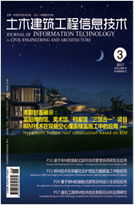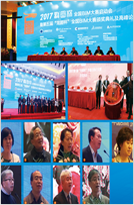栏目
2022, 14(4): 9-16.
DOI: 10.16670/j.cnki.cn11-5823/tu.2022.04.02
2022, 14(4): 17-22.
DOI: 10.16670/j.cnki.cn11-5823/tu.2022.04.03
2022, 14(4): 23-28.
DOI: 10.16670/j.cnki.cn11-5823/tu.2022.04.04
2022, 14(4): 29-33.
DOI: 10.16670/j.cnki.cn11-5823/tu.2022.04.05
2022, 14(4): 34-40.
DOI: 10.16670/j.cnki.cn11-5823/tu.2022.04.06
2022, 14(4): 41-47.
DOI: 10.16670/j.cnki.cn11-5823/tu.2022.04.07
2022, 14(4): 54-61.
DOI: 10.16670/j.cnki.cn11-5823/tu.2022.04.09
2022, 14(4): 62-67.
DOI: 10.16670/j.cnki.cn11-5823/tu.2022.04.10
2022, 14(4): 68-73.
DOI: 10.16670/j.cnki.cn11-5823/tu.2022.04.11
2022, 14(4): 74-85.
DOI: 10.16670/j.cnki.cn11-5823/tu.2022.04.12
2022, 14(4): 86-90.
DOI: 10.16670/j.cnki.cn11-5823/tu.2022.04.13
2022, 14(4): 91-97.
DOI: 10.16670/j.cnki.cn11-5823/tu.2022.04.14
2022, 14(4): 98-102.
DOI: 10.16670/j.cnki.cn11-5823/tu.2022.04.15
2022, 14(4): 103-108.
DOI: 10.16670/j.cnki.cn11-5823/tu.2022.04.16
2022, 14(4): 116-120.
DOI: 10.16670/j.cnki.cn11-5823/tu.2022.04.18
2022, 14(4): 121-127.
DOI: 10.16670/j.cnki.cn11-5823/tu.2022.04.19
2022, 14(4): 128-132.
DOI: 10.16670/j.cnki.cn11-5823/tu.2022.04.20
2022, 14(4): 133-137.
DOI: 10.16670/j.cnki.cn11-5823/tu.2022.04.21









